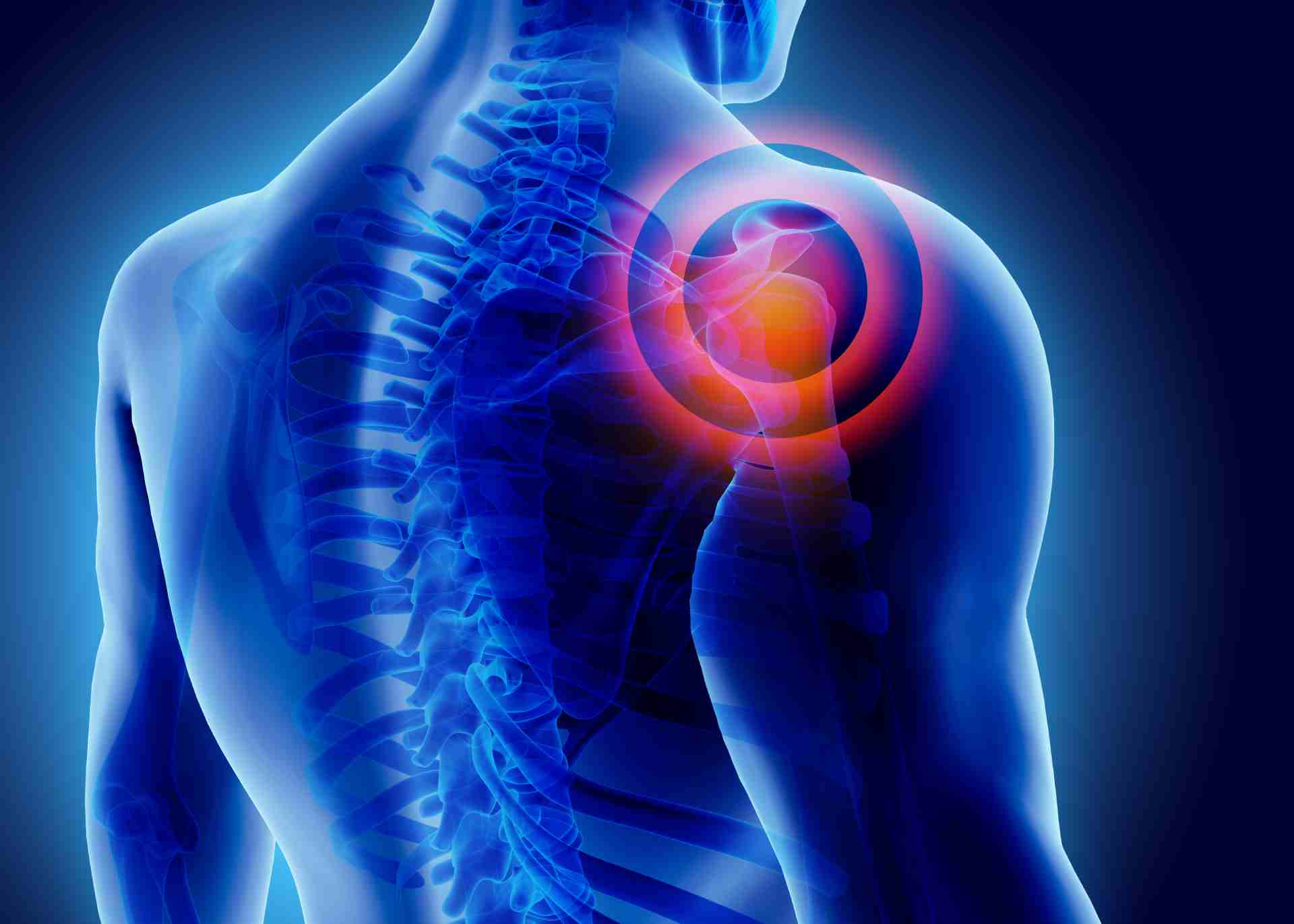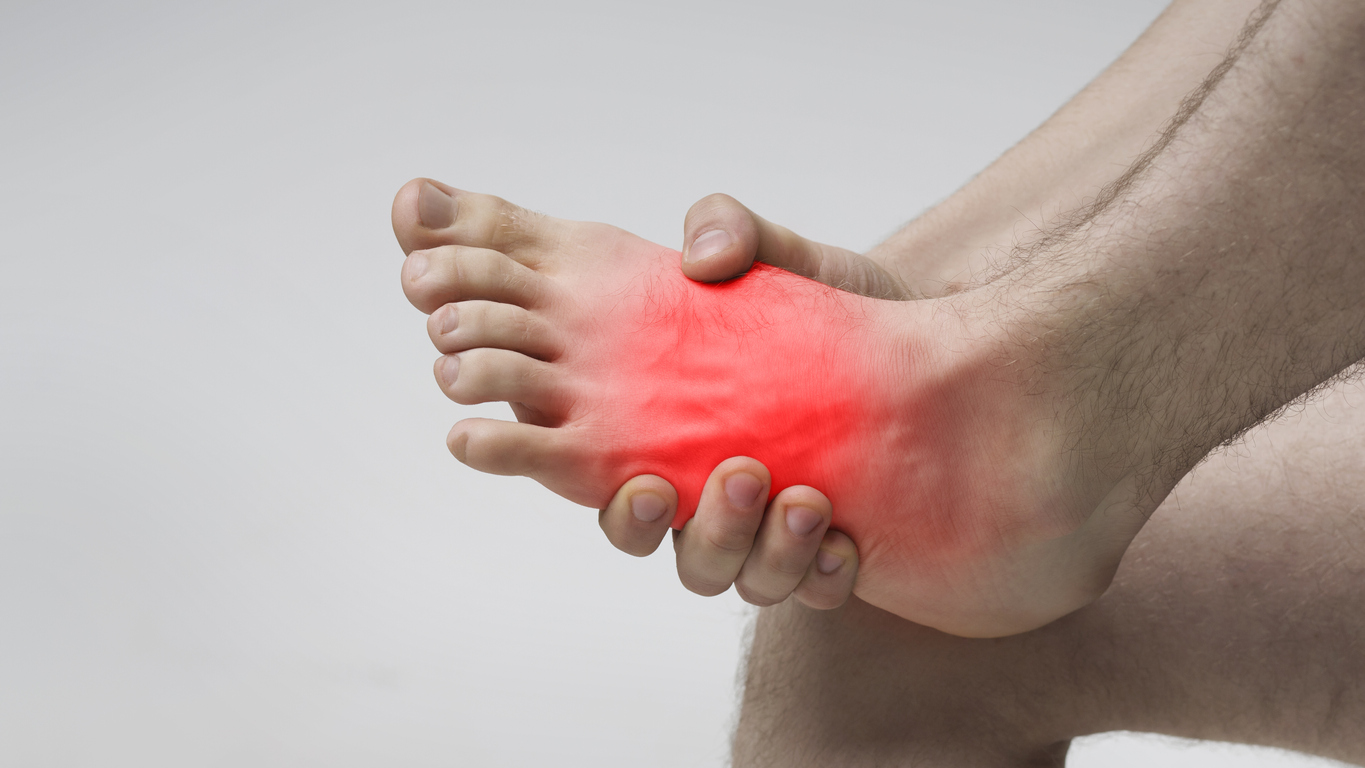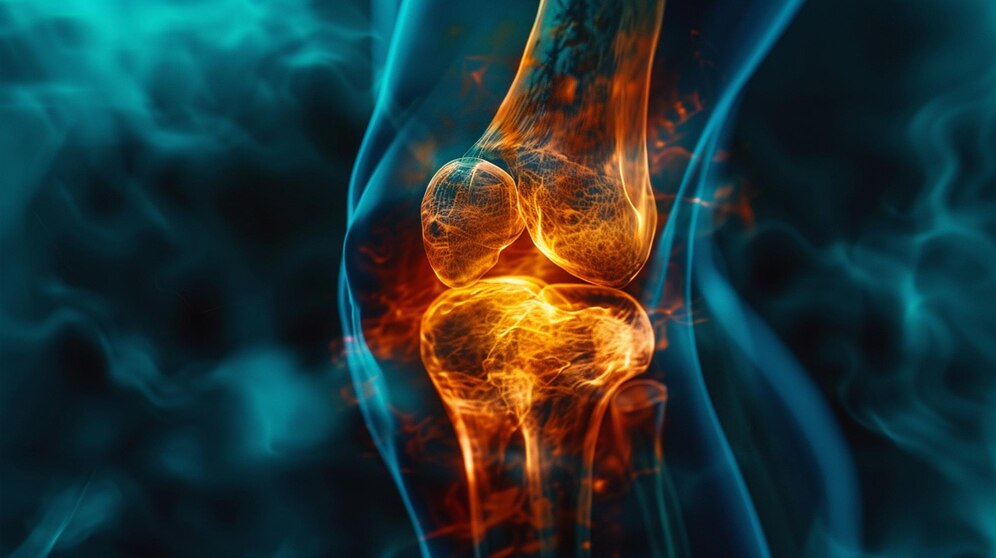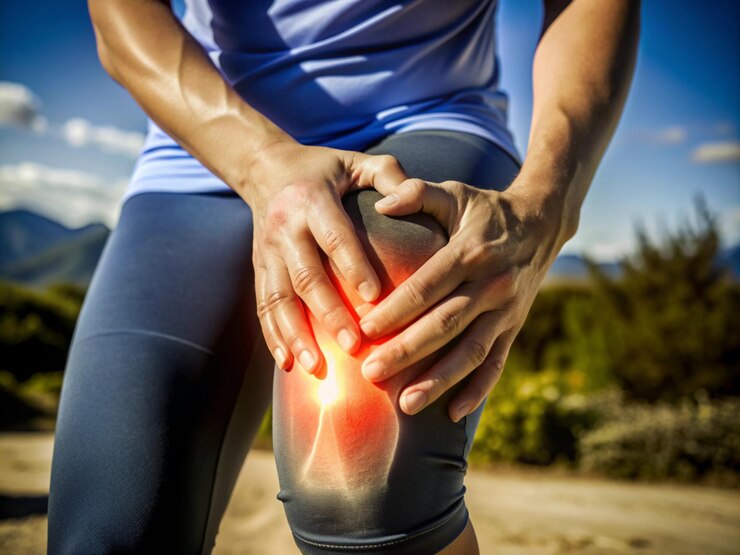
Discover what it means when your upper back and chest hurts. Explore common causes, symptoms, and treatment options to address discomfort and improve your well-being.
Introduction
Understanding the cause of pain in your upper back and chest can be challenging. This comprehensive guide delves into the various potential reasons behind such discomfort, providing insights and information to help you identify possible causes and seek appropriate treatment. Pain in these areas can stem from many sources, requiring different considerations and responses. This extensive exploration will cover numerous upper back and chest pain aspects, detailing symptoms, diagnoses, and treatments.
Overview of Upper Back and Chest Pain
When experiencing pain in the upper back and chest, it’s crucial to understand the complexity of the human body and how various systems might be involved. The upper back and chest are interconnected through muscles, nerves, and organs, which means that pain in these areas can originate from several sources. From muscle strain to more serious conditions such as heart problems, the pain can vary greatly in intensity and nature. For instance, muscle strain typically manifests as a dull, aching pain that worsens with movement, while more serious conditions might present with sharp, intense pain. Identifying the exact cause is essential for effective treatment and management.
Common Causes of Upper Back Pain
Muscle strain is one of the most common causes of upper back pain. This condition often results from overuse, poor posture, or lifting heavy objects improperly. Prolonged sitting, especially in front of a computer or while driving, can strain the muscles and lead to discomfort. Additionally, conditions such as herniated discs or degenerative disc disease can contribute to upper back pain. These conditions often involve the compression of spinal nerves, which can radiate pain to the upper back. Medical professionals may perform physical examinations and imaging studies for an accurate diagnosis.
Understanding Chest Pain: Common Causes
Chest pain can be attributed to various causes, ranging from benign to potentially life-threatening. Acid reflux, for instance, is a common condition that can cause a burning sensation in the chest, often mistaken for heart pain. Similarly, muscle strain or inflammation in the chest wall, known as costochondritis, can cause localized pain that might be confused with heart-related issues. It’s important to differentiate between these causes to avoid unnecessary anxiety and ensure proper treatment. While some causes of chest pain are less concerning, a healthcare professional should always evaluate persistent or severe pain.
The Role of Poor Posture in Pain
Poor posture is a significant contributor to both upper back and chest pain. Sitting or standing in a way that places excessive strain on your muscles and spine can lead to chronic pain. For example, slouching or leaning forward while working at a desk can overstretch the upper back and chest muscles, leading to discomfort. Over time, poor posture can also contribute to structural changes in the spine, exacerbating the pain. Correcting your posture and incorporating exercises that strengthen and stretch the back and chest muscles can be effective preventive measures.
:max_bytes(150000):strip_icc()/shoulder-pain-56a82a0b3df78cf7729cb497.jpg)
Injuries and Trauma: Implications for Pain
Injuries and trauma to the chest or upper back can result in acute pain, which might be severe and sudden. Common injuries include rib fractures, muscle tears, and ligament sprains. These injuries often result from falls, accidents, or sports-related activities. The pain from such injuries can be sharp and might worsen with movement. Treatment typically involves rest, ice, and pain management, but severe injuries may require medical intervention, including imaging studies to assess the extent of the damage.
Gastroesophageal Reflux Disease (GERD) and Its Impact
GERD is a chronic digestive condition in which stomach acid frequently leaks into the esophagus, causing irritation and pain. This pain is often felt in the chest and can sometimes radiate to the back. Due to its location and intensity, the discomfort associated with GERD might be mistaken for heart-related pain. Managing GERD typically involves lifestyle changes, dietary adjustments, and medications to reduce acid production and prevent reflux. Understanding the relationship between GERD and chest pain is crucial for proper diagnosis and management.
Heart-Related Causes of Pain
Heart-related causes of pain are among the most concerning and require immediate attention. Conditions such as angina or myocardial infarction (heart attack) can present with pain that radiates to the chest and upper back. The pain is often described as pressure or tightness in the chest, sometimes accompanied by shortness of breath, sweating, or nausea. Recognizing the symptoms of heart conditions and seeking prompt medical evaluation is critical for preventing serious complications. Diagnostic tests, such as electrocardiograms (ECGs) and blood tests, are essential for determining the cause of chest pain.
Rib Issues: Understanding Rib Fractures and Inflammation
Rib issues, including fractures and inflammation, can cause significant discomfort in the chest and upper back. Rib fractures often result from trauma or repetitive stress, leading to pain that intensifies with movement or deep breathing. Inflammation of the rib cartilage, known as costochondritis, can also cause localized pain in the chest. Treatment for rib issues typically involves pain management and rest, with more severe cases requiring medical evaluation to rule out other underlying conditions.
Nerve Compression and Its Effects
Nerve compression in the spine can lead to pain that radiates to the upper back and chest. Conditions such as herniated discs or spinal stenosis can compress spinal nerves, causing pain, tingling, or numbness in the affected areas. This type of pain is often described as shooting or burning and might be associated with other symptoms like weakness. Treatment for nerve compression often includes physical therapy, medications, and, in some cases, surgical intervention to relieve pressure on the affected nerves.
Musculoskeletal Disorders: An Overview
Musculoskeletal disorders affecting the upper back and chest include scoliosis and kyphosis. These disorders involve abnormal curvatures of the spine, leading to pain and discomfort. Scoliosis, characterized by a sideways curvature of the spine, and kyphosis, marked by an excessive forward curvature, can impact the alignment and function of the upper back and chest. Treatment options may include physical therapy, braces, or surgical intervention, depending on the severity of the condition.
Psychological Factors and Their Influence
Psychological factors, such as stress and anxiety, can also contribute to physical pain in the upper back and chest. Stress can lead to muscle tension and exacerbate pain, while anxiety might cause sensations that are perceived as physical discomfort. Addressing psychological factors through stress management techniques, therapy, and relaxation exercises can help alleviate associated physical pain. Understanding the interplay between mental health and physical symptoms is essential for a holistic approach to treatment.
Diagnosing the Cause of Pain
Accurate diagnosis is crucial for effective treatment of upper back and chest pain. Healthcare professionals typically begin with a detailed medical history and physical examination, followed by diagnostic tests such as X-rays, MRIs, or CT scans if necessary. These tests help identify underlying conditions and guide appropriate treatment strategies. It’s important to provide a comprehensive account of your symptoms and any recent activities or injuries to assist in the diagnostic process.
Treatment Options for Upper Back and Chest Pain
Upper back and chest pain treatment depends on the underlying cause and severity of the condition. Common approaches include rest, physical therapy, medications, and lifestyle modifications. Exercises and ergonomic adjustments can provide relief for muscle strains and poor posture. In cases of more serious conditions, such as heart disease or nerve compression, medical treatments or surgical interventions may be required. A tailored treatment plan based on a thorough diagnosis is essential for effective management.

Preventing Upper Back and Chest Pain
Preventing upper back and chest pain involves adopting healthy lifestyle practices and making ergonomic adjustments. Regular exercise, proper posture, and avoiding repetitive strain can help prevent muscle-related pain. For conditions like GERD, dietary changes and avoiding triggers can reduce the risk of pain. Also, managing stress and seeking timely medical care for emerging symptoms can contribute to overall prevention and well-being.
When to Seek Medical Attention
Knowing when to seek medical attention is crucial for addressing upper back and chest pain. Immediate medical evaluation is necessary if the pain is severe, persistent, or accompanied by symptoms such as shortness of breath, dizziness, or radiating pain to the arm or jaw. Early intervention can prevent serious complications and ensure appropriate treatment. It’s always better to avoid caution and consult a healthcare professional for any concerning symptoms.
The Role of Physical Therapy in Recovery
Physical therapy plays a significant role in the recovery process for upper back and chest pain. Therapists use stretching, strengthening exercises, and manual therapy to address pain and improve function. Physical therapy can help correct muscle imbalances, enhance posture, and promote healing. Engaging in a prescribed therapy program can accelerate recovery and prevent future pain.
Lifestyle Adjustments for Managing Pain
Lifestyle adjustments can significantly impact the management of upper back and chest pain. Incorporating regular physical activity, maintaining a healthy weight, and practicing good posture can alleviate and prevent pain. Additionally, implementing ergonomic changes at work or home, such as adjusting chair height and using supportive pillows, can provide relief. These adjustments contribute to overall well-being and reduce the risk of pain recurrence.
Understanding the Psychological Impact of Chronic Pain
Chronic pain in the upper back and chest can have psychological effects, including anxiety and depression. The persistent nature of the pain can affect daily activities and quality of life. Addressing the psychological impact through counseling, support groups, and coping strategies is essential for holistic pain management. Recognizing and addressing the mental health aspects of chronic pain can enhance overall treatment outcomes.
Integrating Complementary Therapies
Complementary therapies, such as acupuncture, massage, and chiropractic care, can relieve upper back and chest pain. These therapies may complement traditional medical treatments and offer alternative approaches to managing pain. It’s important to consult with healthcare providers before starting complementary therapies to ensure they are safe and appropriate for your condition.
Conclusion
Understanding what it means when your upper back and chest hurts involves recognizing the diverse potential causes and seeking appropriate treatment. From muscle strain to more serious conditions, each cause requires a tailored approach to diagnosis and management. By addressing the pain with a comprehensive and informed strategy, you can achieve relief and improve your overall quality of life. Always consult with healthcare professionals for accurate diagnosis and effective treatment.
Read also: Understanding middle back pain around rib cage





